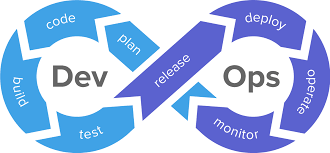Jenkins high availability on AWS

Jenkins is a popular open-source automation server that helps automate various aspects of software development, including building, testing, and deploying applications. To ensure high availability, you can follow these steps:
-
Deploy Jenkins in an Auto Scaling Group - By deploying Jenkins in an AWS Auto Scaling Group, you can ensure that the application can handle high traffic loads and will automatically scale up or down based on demand.
-
Use Elastic Load Balancer (ELB): By using ELB, you can distribute incoming traffic across multiple instances of Jenkins deployed in the Auto Scaling Group, providing load balancing and automatic failover capabilities.
-
Use Amazon RDS for database: Use Amazon RDS to host the Jenkins database to ensure data durability and high availability.
-
Use S3 for backups: Use Amazon S3 to backup Jenkins data, configurations, and plugins to enable disaster recovery in case of any failure.
-
Enable cross-region replication: To improve disaster recovery and business continuity, enable cross-region replication for S3 buckets and RDS databases.
-
Use CloudFormation or Terraform: Use Infrastructure-as-Code (IaC) tools like CloudFormation or Terraform to automate the deployment and management of Jenkins on AWS.
-
Test the disaster recovery plan: Test your disaster recovery plan regularly to ensure that you can quickly recover from any disruption in the system.
By following these steps, you can ensure high availability and disaster recovery of Jenkins on AWS, providing reliable automation capabilities for your software development team.



